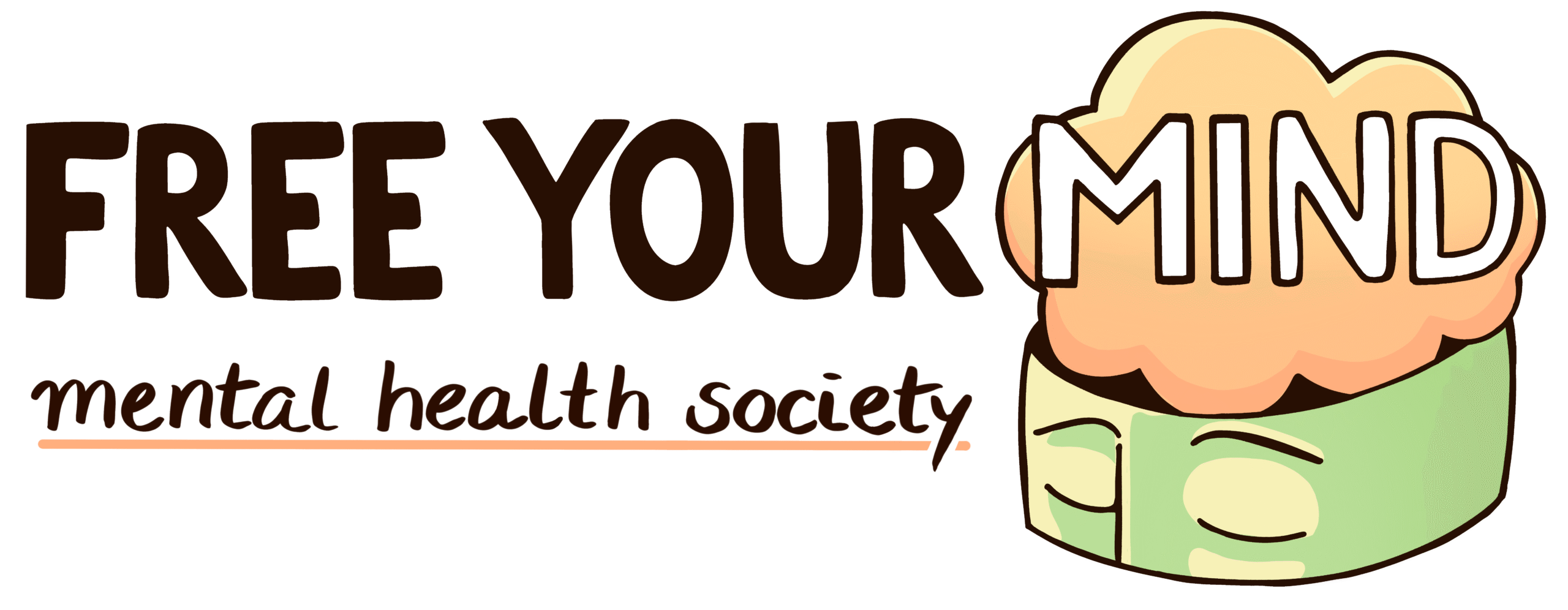Image Courtesy of Pexels.com
Hello everyone! I hope you are all enjoying a wonderful fall semester. Today, I am going to discuss Accelerated Resolution Therapy (ART), an emerging treatment approach for PTSD.
Accelerated Resolution Therapy (ART) is a novel treatment developed by Laney Rosenzweig, originating from Eye-Movement Desensitization and Reprocessing (EMDR) therapy (Howe et al., 2018). In Rosenzweig’s view, ART is more directive, quicker to administer, and easier to learn compared to EMDR. This therapy involves creating new images of past traumatic events with the aid of eye movements to intensify the process and promote relaxation. Typically, ART consists of 1-5 sessions, each lasting about an hour. Research supports the effectiveness of ART, with some patients experiencing significant improvement after just one session, enabling them to resume activities previously hindered by trauma. Importantly, ART does not require patients to verbally recount their trauma, potentially making it more comfortable for both patients and therapists.
In the first published ART study, 80% of participants diagnosed with PTSD showed a positive response after fewer than four treatment sessions (Howe et al., 2018). However, clinicians must carefully consider ethical implications before recommending ART. While ART complements existing PTSD treatments like cognitive-processing therapy (CPT), prolonged exposure (PE) therapy, and EMDR, long-term follow-up studies are still limited. Importantly, medical errors can occur when treatments are prescribed prior to thorough long-term assessments of efficacy, such as in the case of thalidomide, a drug marketed as a sleeping pill that caused birth defects in children when they were exposed to it in utero. Historically, some treatments for mental illnesses have also been harmful, for instance, implementation of the therapy based on the Double-Blind Theory, positing that schizophrenia is caused by communication issues between parent and child. Thus, there seems to be good reason to implement first-line treatments to protect patients with PTSD, in lieu of choosing emerging treatments that may appear to work faster.
In some cases, a provider might believe that a patient with PTSD could benefit from Accelerated Resolution Therapy (ART), but there is a shortage of trained clinicians in the area who can administer this therapy (Howe et al., 2018). This situation may lead a clinician to question the ethical implications of recommending ART to the client. Importantly, informing the patient about this treatment option could empower them to explore ways to access ART if they wish to pursue it.
While the introduction of ART may raise ethical concerns, evidence suggests that ART is at least as effective as traditional first-line treatments (Howe et al., 2018). Furthermore, the therapy requires relatively minimal time and has no significant negative side effects. Therefore, allowing patients the autonomy to decide whether to undergo ART or pursue other treatments appears to be an ethical choice for clinicians to support.
In sum, Accelerated Resolution Therapy (ART) presents a promising treatment for PTSD, offering a streamlined approach that may alleviate symptoms more quickly and with fewer sessions compared to traditional therapies. While ethical considerations around its use persist, including accessibility and thorough long-term studies, the evidence supporting its effectiveness is encouraging. For clinicians and patients alike, understanding ART’s potential benefits and ethical implications allows for informed decision-making in tailoring PTSD treatment strategies.
I hope that this blog post provided you with an interesting and educational read. I wish everyone a fantastic rest of their week, and I will see you in the next blog post!
References
Howe, E. G., Rosenzweig, L., & Shuman, A. (2018). Ethical reflections on offering patients Accelerated Resolution Therapy (ART). Innovations in Clinical Neuroscience, 15(7–8), 32–34.
Note: The Free Your Mind Mental Health Society is an independent youth-led organization. The contents of this blog are not intended to be a substitute for professional medical advice, diagnosis, or treatment. Always seek the advice of your physician or another qualified health provider with any questions you may have regarding a medical condition. In the event of a medical emergency, please call your doctor or 911 or other local emergency numbers immediately.

